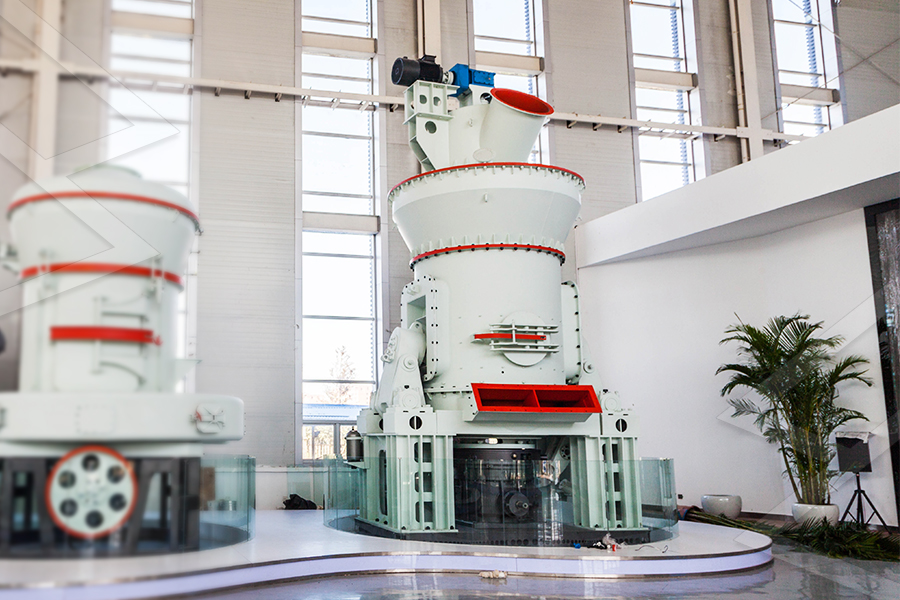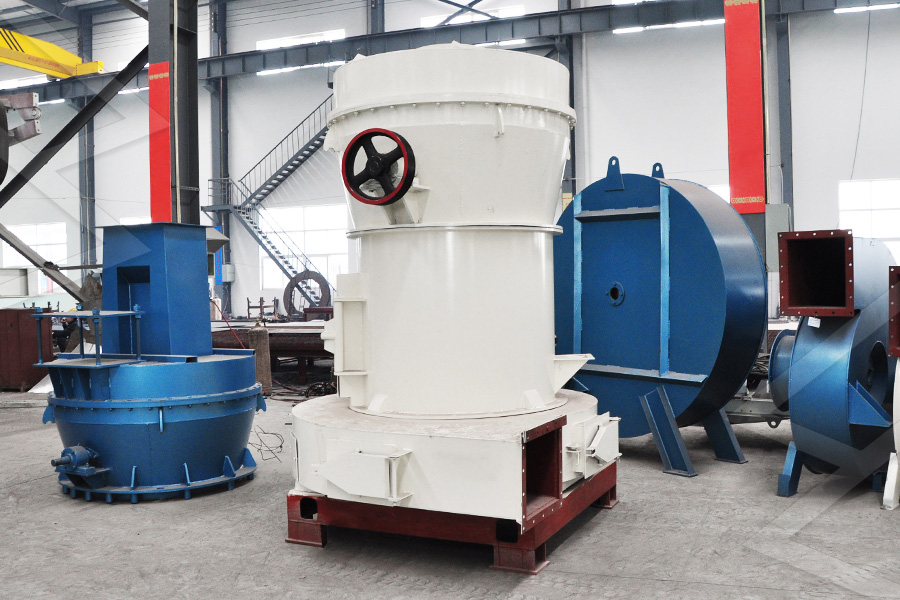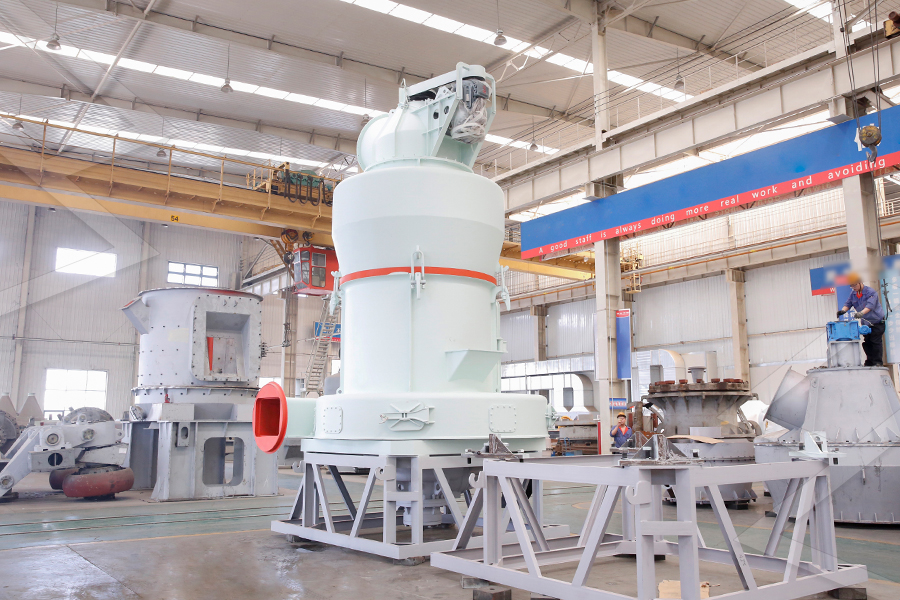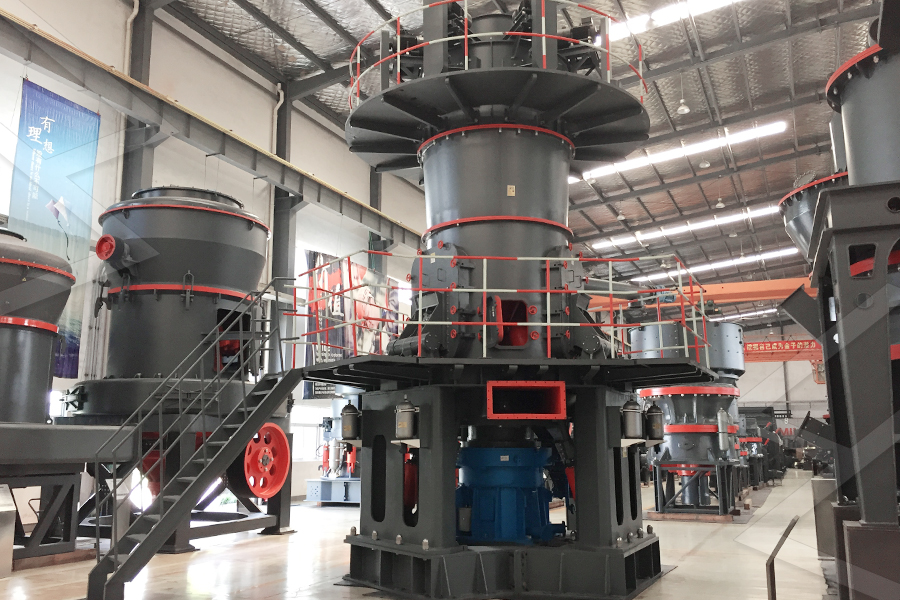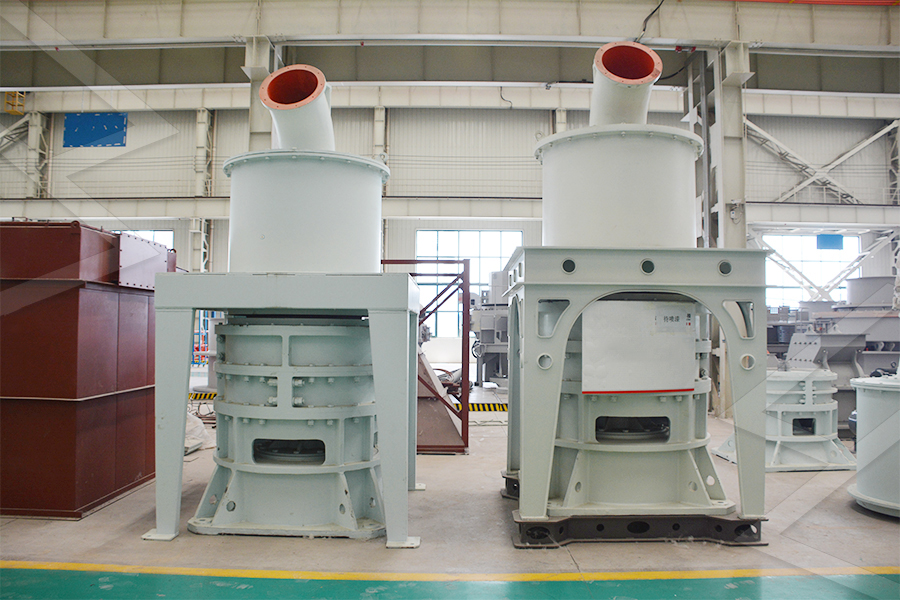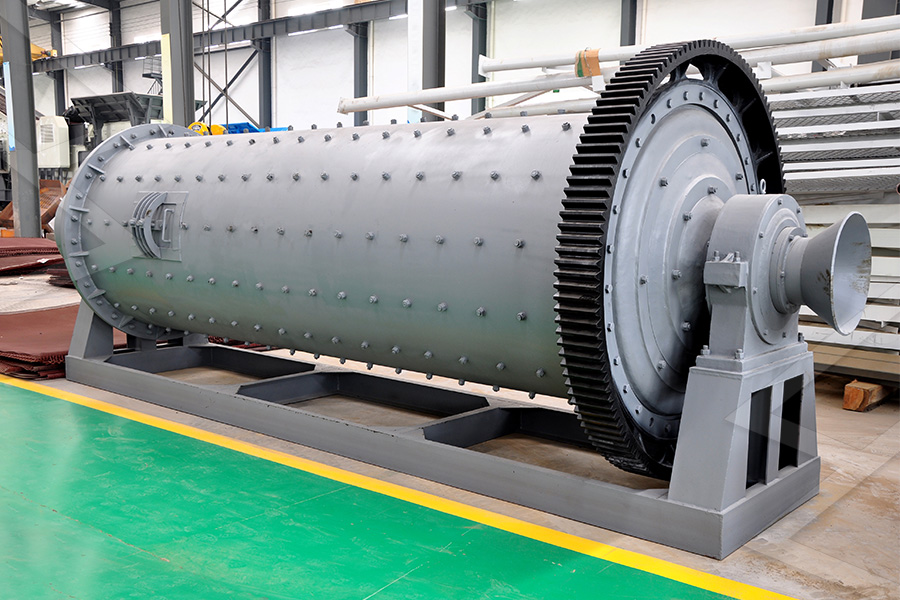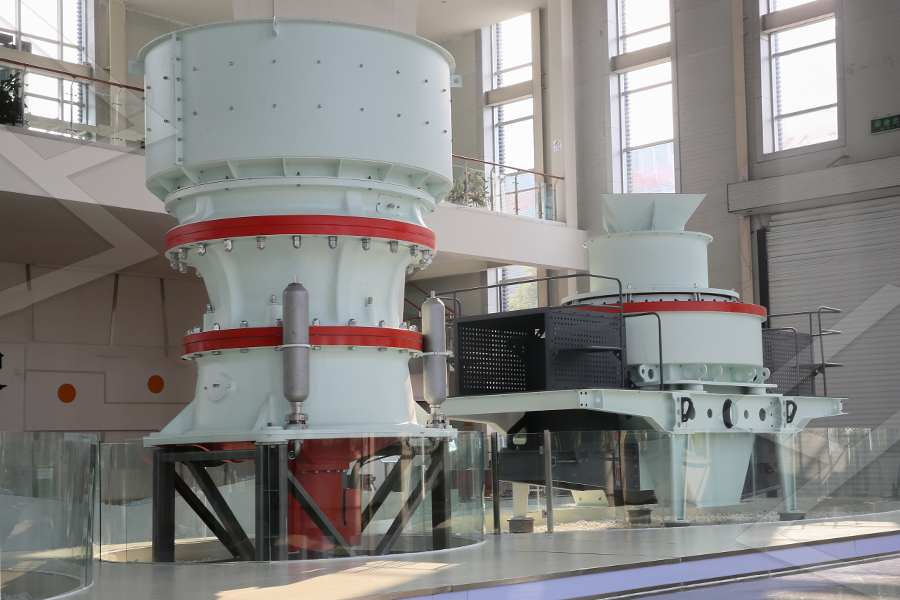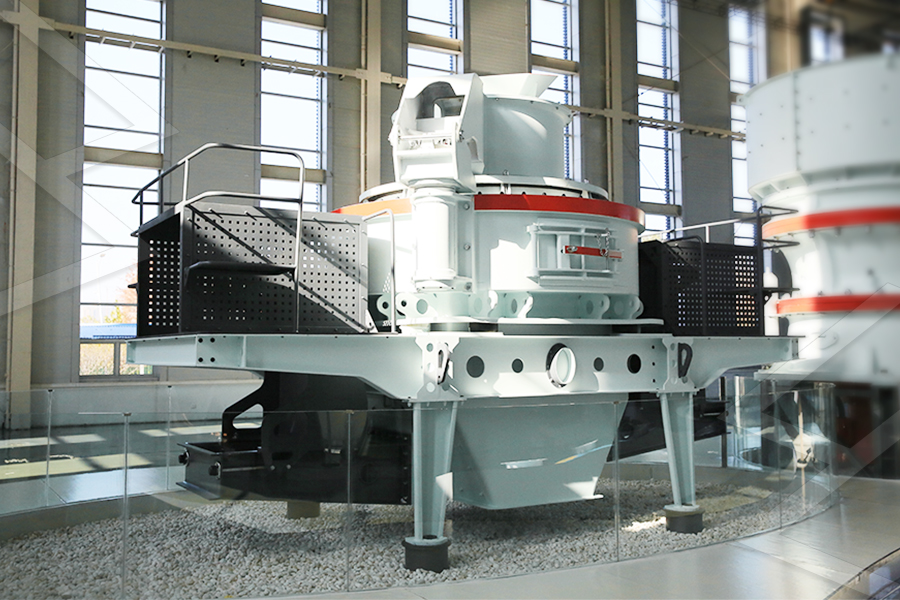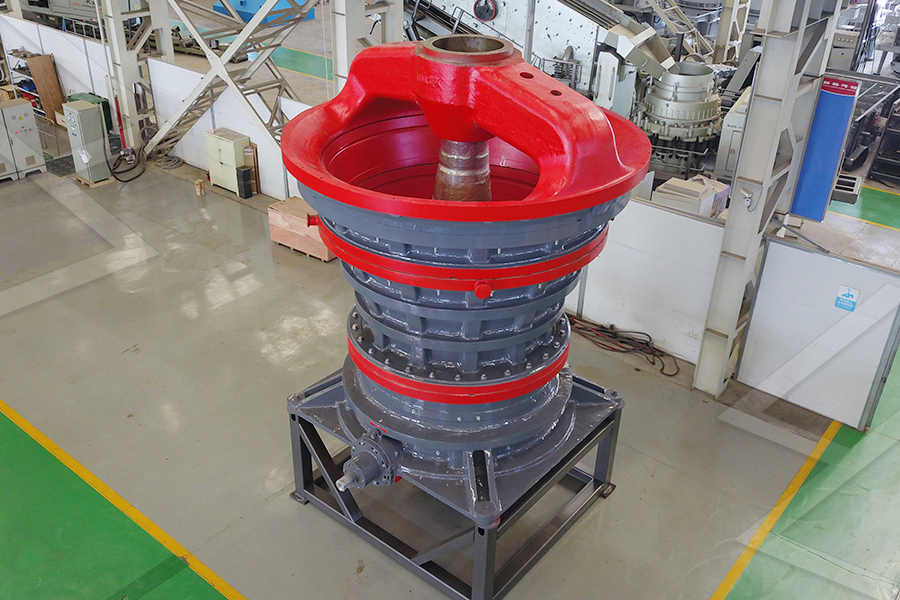Quality Control and Compliance
QC is extremely rigorous, with tests conducted on every batch (250 kg): (1) Purity analysis via ICP-MS to ensure SiO₂ ≥99.99% and metal impurities (Fe, Al, Na, K) ≤10 ppm; (2) Particle size distribution via laser diffraction (d10 ≥30 μm, d50 36-38 μm, d90 ≤45 μm); (3) Moisture content via Karl Fischer titration (<0.1%); (4) Microbiological testing (total viable count <10 CFU/g) for cleanroom compliance. The project is certified to ISO 14644-1 (cleanroom standards) and ISO 9001 (quality management), ensuring compliance with the semiconductor industry’s strict requirements.
Environmental and Operational Challenges
The main environmental challenge is handling acid waste from pretreatment: the project uses a neutralization system to treat HCl and HF waste (adding lime to adjust pH to 7), then filters the water for reuse in washing—reducing water consumption by 80%. Operational challenges include maintaining the airflow mill’s ceramic chamber (which can crack if overheated), so the mill is equipped with temperature sensors (alarm triggered if >80°C) and regular inspections (monthly).
Project Impact and Future Expansion
Since commissioning, the project has supplied 100% of the semiconductor manufacturer’s electronic-grade silica needs, reducing their reliance on imported powder (which was 30% more expensive). The manufacturer reports that the powder’s uniform particle size has improved silica ingot yield by 12%, reducing production costs. The project plans to expand capacity to 5 TPH in 2026, to meet growing demand for semiconductors in China.
This quartz grinding project demonstrates the precision and rigor required for non-metallic mineral processing in high-tech industries, where even minor deviations in purity or particle size can have significant impacts on end-product performance.
